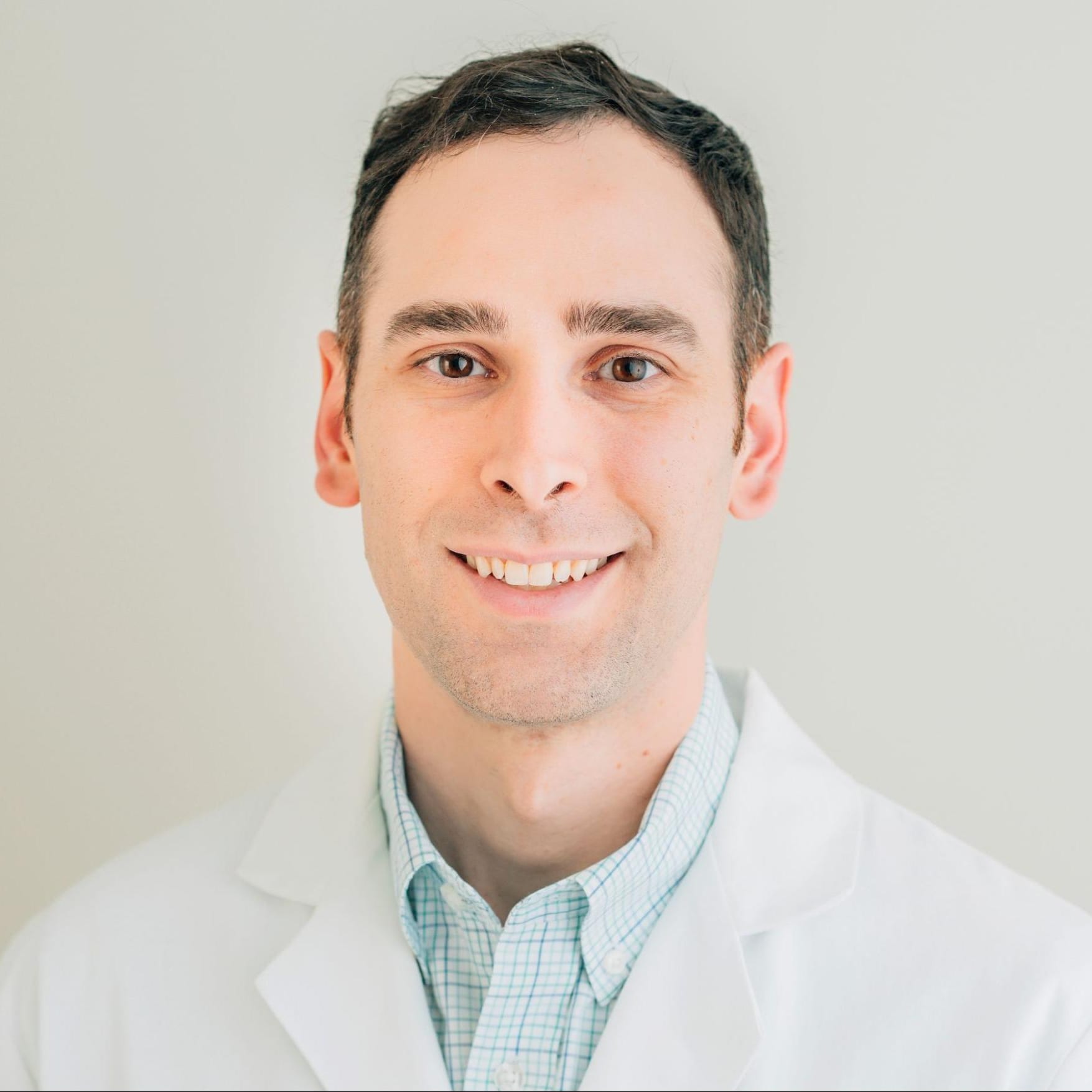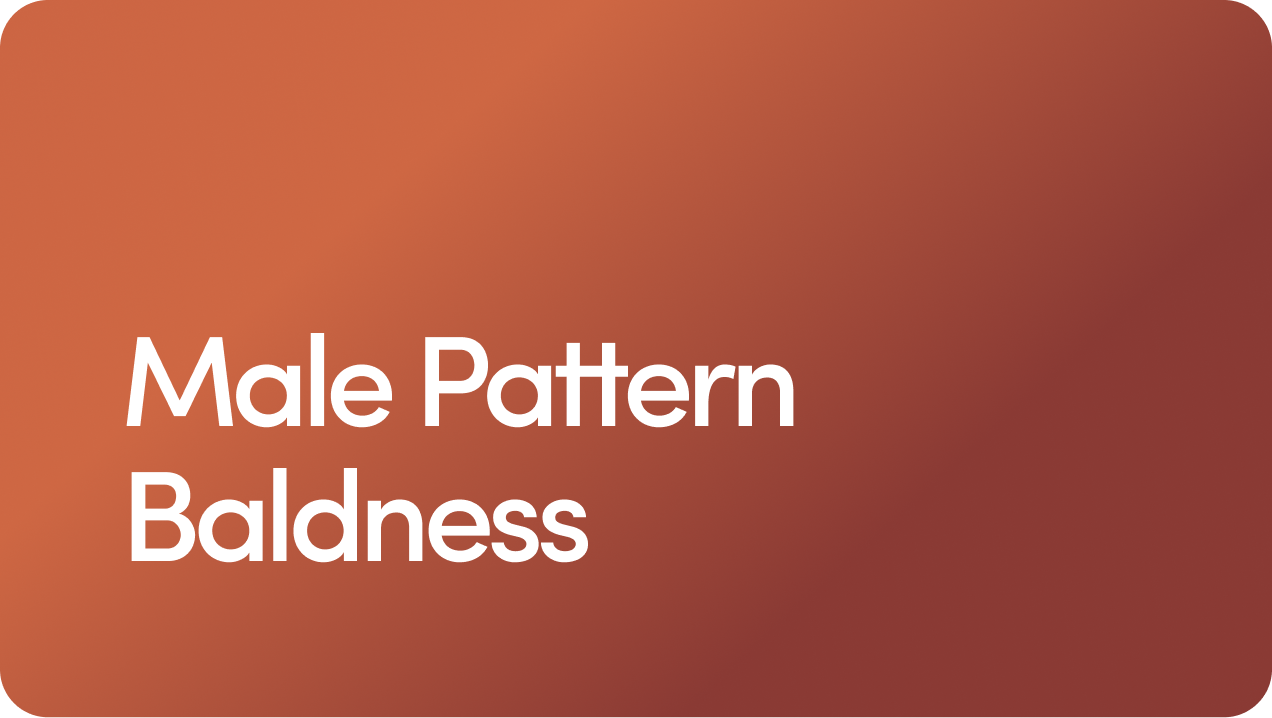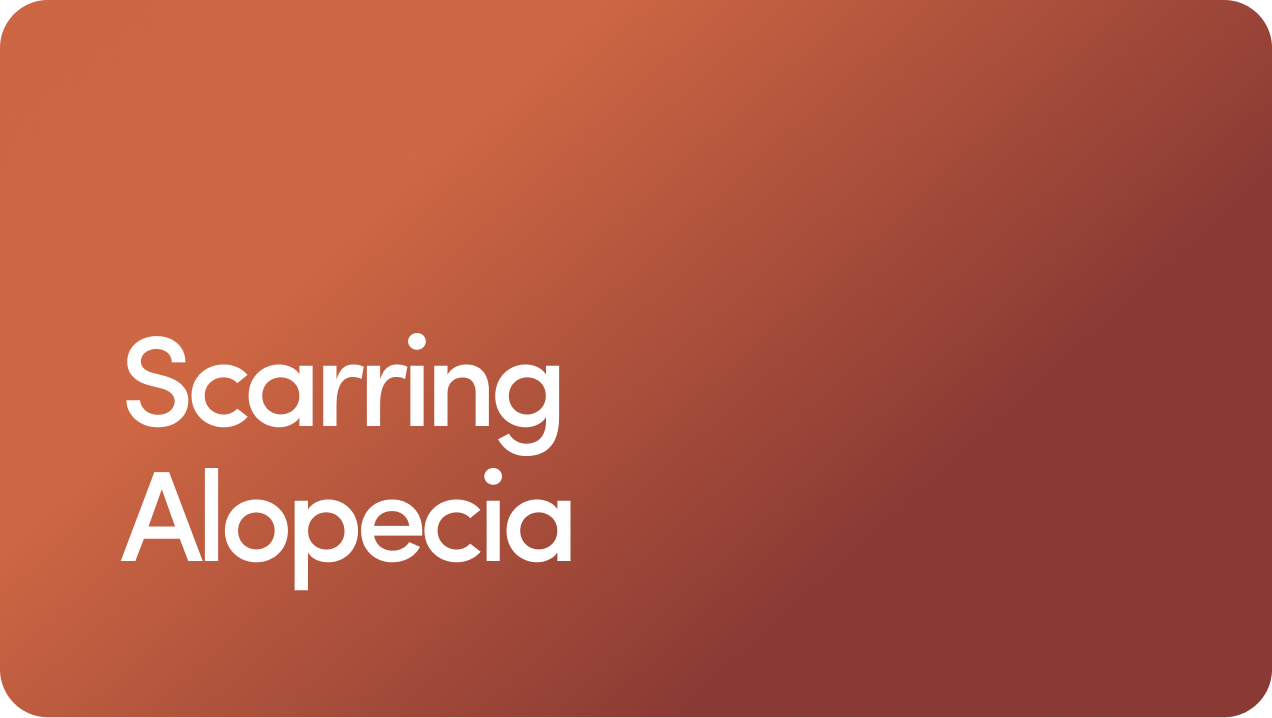Content
FDA approved for more than 25 years
What Are Sebaceous Glands? Functions, Locations, and How to Care For Them

Sebaceous glands are tiny but mighty structures in your skin and scalp that produce the oil essential for keeping skin and hair hydrated, protected, and healthy.
These glands are widespread and help maintain moisture and protect against harmful invaders. Most are located in the middle layer of your skin and attach to hair follicles.
When they misbehave—either by overproducing or underproducing sebum—you’re likely to experience some common skin and scalp issues.
We’re detailing what you need to know about sebaceous glands, including their many functions, problems they can cause, and tips to keep them on track.
Content
What Are Sebaceous Glands?
Sebaceous oil glands are like the tiny (microscopic, actually) hard-working mechanics of your skin, churning out sebum.
What is sebum? It’s a natural oil that keeps your skin and hair looking sharp and is made up of fat (lipid) molecules like cholesterol, free fatty acids, triglycerides, squalene, and wax esters.
Sounds kinda gross but totally necessary: Sebum is your body’s own moisturizer and conditioner rolled into one.
These glands are found all over your body except for the palms of your hands and the soles of your feet. Most of them partner up with hair follicles, while some operate solo, quietly doing their job.
While the most sebaceous glands are found in your face and scalp, ones that aren’t attached to hair follicles are located on your lips, genitals, and inside your nose.
Despite their low profile, sebaceous glands on your face and scalp play a central role in keeping your skin and hair healthy.
However, when their oil secretion is on overdrive or underperforming, you might find yourself dealing with some unwanted issues.
Sebaceous Glands vs. Sweat Glands
Sebaceous glands produce sebum, an oily substance that moisturizes skin and hair, while sweat glands produce sweat, a watery fluid that helps regulate body temperature and excrete waste.
Sebaceous Glands Function
Sebaceous glands are multitaskers, handling things like lubrication and protection all over your body. Here are some of their most important functions:
Keeping skin and hair lubricated. What is sebum in skin and hair? Well, it’s the natural oil that acts like nature’s WD-40, keeping your skin smooth and your hair from turning into a dry, brittle mess. Without it, you’d be as flaky as a winter snowstorm.
Providing a protective barrier for hydration. Sebum forms a slick, invisible shield that locks in moisture so your skin doesn’t feel like sandpaper after every shower. It’s like having a built-in hydration system.
Defending against microbial invaders. Sebum has some germ-fighting powers, helping to keep potentially harmful bacteria and fungi at bay.
Supporting healthy pores. Working closely with hair follicles, sebaceous glands ensure that your skin’s ecosystem stays balanced.
Sebaceous glands play many important roles in your skin and hair, but they aren’t always on their best behavior. When they go rogue, they can lead to some pretty common skin and scalp conditions:
1. Acne Vulgaris
When sebaceous glands crank up sebum production, it’s like throwing a party for bacteria in your pores.
The result? Pimples, blackheads, and whiteheads galore, especially on oil-prone areas like your face, chest, and back.
Blame it on hormones, genetics, or stress—it’s everyone’s least favorite skin drama, especially when they’re well beyond puberty.
2. Oily Skin and Scalp
Overactive sebaceous glands can leave your skin and scalp looking like they just ran a marathon in a sauna.
The resulting oil slick can make your face shiny, clog your pores, and make your hair greasy even though you just showered yesterday.
Sound familiar? Check out our skincare guide for men with oily skin.
3. Dry Skin and Scalp
On the flip side, when sebaceous glands underproduce, your skin can become dry, flaky, and generally uncomfortable. The best thing to do? Up your moisturizing game until your glands get it together.
4. Sebaceous Cysts
Sebaceous (also called epidermoid) cysts are those annoying little bumps that pop up when a gland gets blocked.
While they’re usually harmless, they can be a nuisance, especially when they show up in visible areas. If they get infected or grow too big, it’s a good time to consult a dermatology specialist.
5. Seborrheic Dermatitis
This inflammatory condition hits the scalp, face, and even your beard, causing redness, itching, and flakes, often when sebaceous glands are overactive.
It’s like dandruff’s older, meaner cousin, and it can be especially common in oily areas.
6. Hyperplasia and Carcinoma
Sebaceous glands are involved in sebaceous hyperplasia, which causes small, benign (not harmful) bumps, and sebaceous gland carcinoma, a rare but serious skin cancer that needs to be removed.
7. Sebaceous Filaments
Caused by an overproduction of sebum, sebaceous filaments cause your pores to enlarge and fill up with oil and dead skin cells around hair follicles. The result looks similar to blackheads.
If you notice unusual growths or lesions underneath or on the surface of the skin, it’s best to see a dermatologist for a closer look. (As a side note, it’s not a bad idea to get an annual skin check to monitor new or changing skin conditions.)
Keeping your sebaceous glands in check is all about balance—neither too oily nor too dry. Here’s how to help them stay as happy as possible.
Stick to Good Hygiene Habits
Regular cleansing is antimicrobial and helps remove excess oil, dirt, and dead skin cells that can clog pores. Use a gentle cleanser tailored to your skin type:
Foaming washes for oily skin
Creamy washes for dry skin
Something in between for combo skin
Not sure which one you have? Find out with our guide to men’s skin types.
Regardless of which cleanser you use, scrubbing your face like you’re sanding wood will only make things worse, so be gentle.
For more tips, learn how to build a men’s skincare routine.
Nourish Your Skin From the Inside Out
You may be surprised to hear that what you eat can affect your sebaceous glands.
The best thing to do for your glands (and overall wellness) is to load up on fruits, vegetables, and healthy unsaturated fats (e.g., avocados, olives, nuts, and seeds) and keep added sugar, alcohol, and saturated fats to a minimum.
Listen, pizza with the guys might not directly cause pimples the next day, but a balanced diet helps regulate sebum production and reduces inflammation.
Choose the Right Skincare Products for You
If your skin’s too oily, look for products with ingredients like salicylic acid, benzoyl peroxide, or niacinamide to help regulate sebum.
For dryness, go for non-comedogenic (meaning it doesn’t contain pore-clogging ingredients) moisturizers with hyaluronic acid or ceramides to hydrate.
Finally, don’t skip sunscreen, even on shadier days or in the winter—your glands won’t protect you from UV damage. Find out how to choose between chemical versus mineral sunscreens.
Don’t Skip Shampoo
For your scalp, a regular wash and rinse routine with the right shampoo can keep oil levels balanced.
If dandruff or flakes are an issue, look for shampoos with zinc pyrithione, ketoconazole, or salicylic acid to get things under control without causing excessive dryness.
Manage Stress Like a Pro
Stress can throw your sebaceous glands all out of whack, which is why we often hear that stress is associated with skin concerns (like acne) and hair changes.
It’s impossible to avoid every stressor in your life. Instead, work on improving your response to stress by making stress-management practices a habit.
Meditation, taking a nature walk, stretching, talking with a trusted friend, or listening to calming music can be helpful for your mental health and your skin.
Know When to Call in the Experts
If over-the-counter products and lifestyle changes aren’t helping, a dermatologist can.
Prescription topical treatments, oral medications, or hormonal therapies can make a world of difference if you’re dealing with persistent acne, cysts, or other issues.
Your provider might prescribe laser or light therapy to repair damaged skin or even cryotherapy to freeze and remove blemishes.
For most guys, taking care of your sebaceous glands doesn’t require anything fancy—just a mix of good skincare, smart choices, and the occasional trip to a professional.
Sebaceous Glands: The Bottom Line
Sebaceous glands may not get much attention, but they’re truly unsung heroes of your skin and hair health.
Understanding how these glands function and knowing how to care for them can save you from a host of skincare woes. Here are a few takeaways:
Sebum production is their primary role. Sebaceous glands are responsible for the production of sebum, which keeps your skin and hair hydrated, protected, and healthy.
Imbalances can be problematic. When there’s an interruption or boost in sebum production, you’re likely to notice more issues like acne, oily or dry skin, and cysts.
Simple habits help. Maintaining a good skincare routine, eating a balanced diet, and managing your stress are key to keeping these glands in check.
With the right habits, products, and professional help when needed, you can support your sebaceous glands in keeping your skin and hair looking balanced and effortless.
In the meantime, find more information on men’s skincare and hair health.
10 Sources
- Clayton RW, et al. (2019). Homeostasis of the sebaceous gland and mechanisms of acne pathogenesis. https://pubmed.ncbi.nlm.nih.gov/31056753/
- Grice EA, et al. (2013). The skin microbiome. https://pmc.ncbi.nlm.nih.gov/articles/PMC3535073/
- Hoover E, et al. (2025). Physiology, sebaceous glands. https://www.ncbi.nlm.nih.gov/books/NBK499819/
- Jusuf NK, et al. (2021). Correlation between stress scale and serum substance P level in acne vulgaris. https://pubmed.ncbi.nlm.nih.gov/33688239/
- Lim S, et al. (2019). Dietary patterns associated with sebum content, skin hydration and pH, and their sex-dependent differences in healthy Korean adults. https://pmc.ncbi.nlm.nih.gov/articles/PMC6471406/
- Shamloul G, et al. (2021). An updated review of the sebaceous gland and its role in health and diseases part 2: Pathophysiological clinical disorders of sebaceous glands. https://pubmed.ncbi.nlm.nih.gov/33571388/
- Tucker D, et al. (2025). Seborrheic dermatitis. https://www.ncbi.nlm.nih.gov/books/NBK551707/
- Zito PM, et al. (2025). Epidermoid cyst. https://www.ncbi.nlm.nih.gov/books/NBK499974/
- Zouboulis CC. (2004). Acne and sebaceous gland function. https://pubmed.ncbi.nlm.nih.gov/15556719/
- Zouboulis CC, et al. (2016). Beyond acne: Current aspects of sebaceous gland biology and function. https://pubmed.ncbi.nlm.nih.gov/27726049/
Editorial Standards
Hims & Hers has strict sourcing guidelines to ensure our content is accurate and current. We rely on peer-reviewed studies, academic research institutions, and medical associations. We strive to use primary sources and refrain from using tertiary references. See a mistake? Let us know at [email protected]!
This article is for informational purposes only and does not constitute medical advice. The information contained herein is not a substitute for and should never be relied upon for professional medical advice. Always talk to your doctor about the risks and benefits of any treatment. Learn more about our editorial standards here.
Knox Beasley, MD
Education
Bachelor of Science, Life Sciences. United States Military Academy.
Doctor of Medicine. Tulane University School of Medicine
Training
Dermatology Residency. San Antonio Uniformed Services Health Education Consortium
Certifications
Board Certified. American Board of Dermatology
Medical Licenses
Dr. Beasley is licensed in all 50 states
Affiliations & Memberships
Fellow, American Academy of Dermatology
Specialties & Areas of Focus
Hair Loss, Dermatology
Years of Experience
10 years of clinical practice as a Dermatologist
Previous Work Experience
Medical Director - YouHealth Medical Groups, 2025–
Private practice, 2024–
Chief of Dermatology - , 2015–2019
Publications
Wilson, L. M., Beasley, K. J., Sorrells, T. C., & Johnson, V. V. (2017). Congenital neurocristic cutaneous hamartoma with poliosis: A case report. Journal of cutaneous pathology, 44(11), 974–977.
Banta, J., Beasley, K., Kobayashi, T., & Rohena, L. (2016). Encephalocraniocutaneous lipomatosis (Haberland syndrome): A mild case with bilateral cutaneous and ocular involvement. JAAD case reports, 2(2), 150–152.
Patterson, A. T., Beasley, K. J., & Kobayashi, T. T. (2016). Fibroelastolytic papulosis: histopathologic confirmation of disease spectrum variants in a single case. Journal of cutaneous pathology, 43(2), 142–147.
Beasley, K., Panach, K., & Dominguez, A. R. (2016). Disseminated Candida tropicalis presenting with Ecthyma-Gangrenosum-like Lesions. Dermatology online journal, 22(1), 13030/qt7vg4n68j.
Kimes, K., Beasley, K., & Dalton, S. R. (2015). Eruptive milia and comedones during treatment with dovitinib. Dermatology online journal, 21(9), 13030/qt8kw141mb.
Miladi, A., Thomas, B. C., Beasley, K., & Meyerle, J. (2015). Angioimmunoblastic t-cell lymphoma presenting as purpura fulminans. Cutis, 95(2), 113–115.
Beasley K, Dai JM, Brown P, Lenz B, Hivnor CM. (2013). Ablative Fractional Versus Nonablative Fractional Lasers – Where Are We and How Do We Compare Differing Products?. Curr Dermatol Rep, 2, 135–143.
Siami P, Beasley K, Woolen S, Zahn J. (2012). A retrospective study evaluating the efficacy and tolerability of intra-abdominal once-yearly histrelin acetate subcutaneous implant in patients with advanced prostate cancer. UroToday Int J, June 5(3), art 26.
Siami P, Beasley K. (2012). Dutasteride with As-Needed Tamsulosin in Men at Risk of Benign Prostate Hypertrophy Progression. UroToday Int J, Feb 5(1), art 93. https://www.urotoday.com/volume-5-2012/vol-5-issue-1/48691-dutasteride-with-as-needed-tamsulosin-in-men-at-risk-of-benign-prostatic-hypertrophy-progression.html
Why I Practice Medicine
Dr. Beasley began doing telemedicine while serving in the U.S. Army, providing dermatologic care for soldiers stationed around the world. This experience sparked his passion for telemedicine and inspired his commitment to expanding access to healthcare for patients across the United States.
Hobbies & Interests
In his free time, Dr. Beasley enjoys cooking, reading, and trips to the beach with his wife and two kids (with sunscreen of course).
Related Articles
Related Conditions
 Hair Loss
Hair Loss
 Male Pattern Baldness
Male Pattern Baldness
 Dandruff
Dandruff
 Scarring Alopecia
Scarring Alopecia
 Seborrheic Dermatitis
Seborrheic Dermatitis
